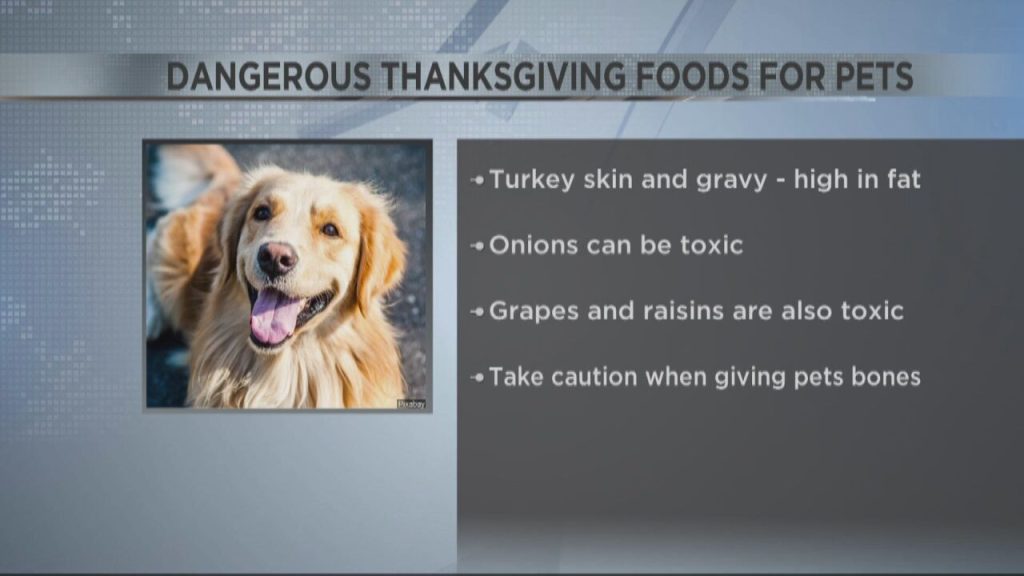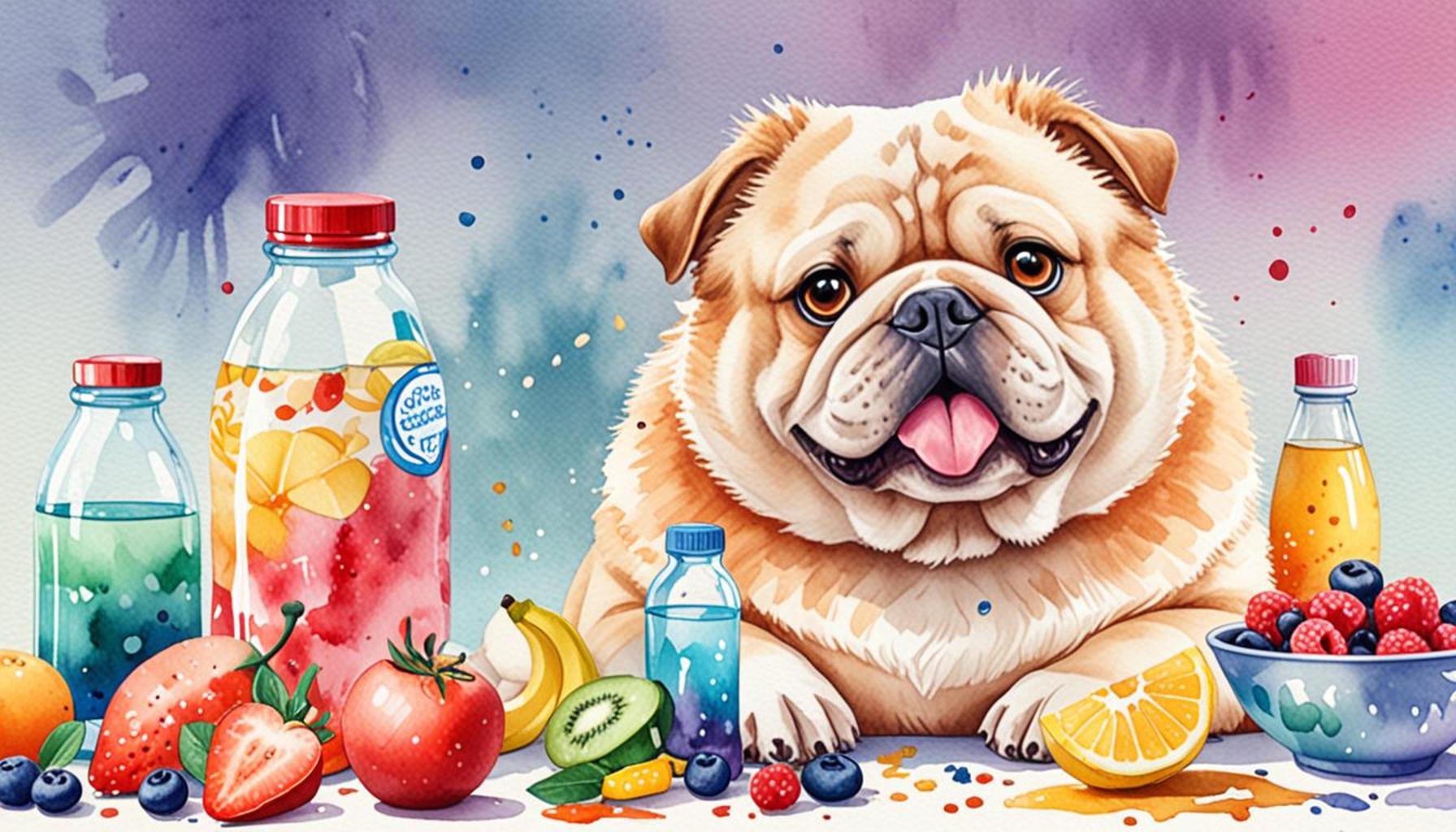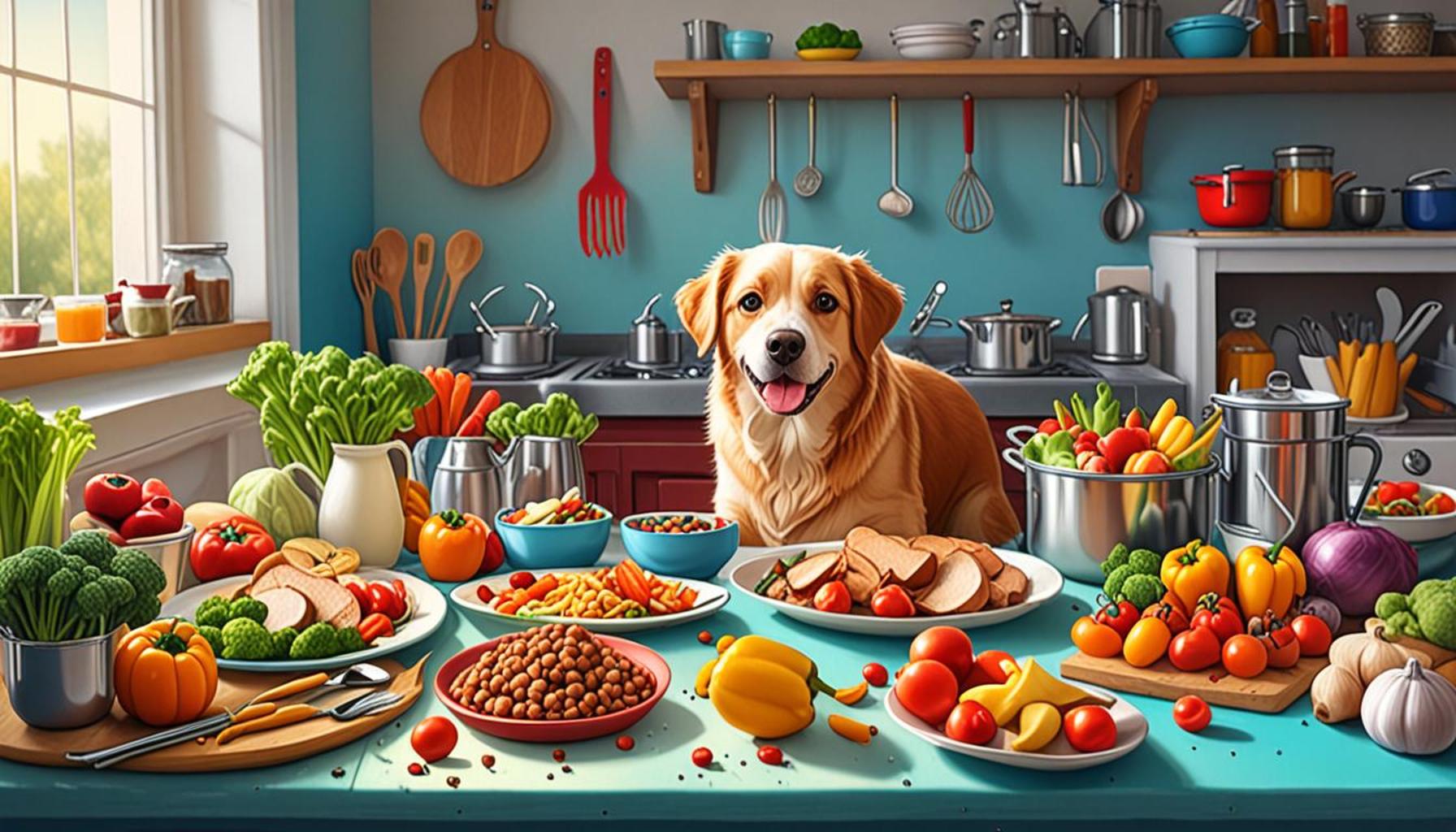Toxic Foods for Pets: What to Avoid in Their Diet

The Hidden Dangers in Your Pet’s Diet
As dedicated pet owners, we often go above and beyond to provide our furry companions with the best possible care. However, in our quest to make them happy, we may accidentally introduce foods into their diets that pose significant health risks. Being knowledgeable about toxic foods for pets can not only safeguard their well-being but can also provide peace of mind for owners.
Many common household foods can lead to severe health issues or even fatalities in pets. Understanding these potential threats allows us to take proactive measures. Let’s discuss some of the most notorious offenders:
- Chocolate: The sweet treat that many humans turn to can be lethal for pets. Chocolate contains theobromine, a compound that dogs and cats cannot metabolize effectively. Even small amounts can lead to symptoms such as vomiting, increased heart rate, and seizures. Dark chocolate is particularly dangerous, as it contains higher levels of theobromine compared to milk chocolate.
- Onions and Garlic: Common in many culinary staples, these vegetables are highly toxic to both cats and dogs. They can cause oxidative damage to red blood cells, leading to a condition known as hemolytic anemia. Symptoms like lethargy, vomiting, and weak pulse can reveal exposure, and even cooked forms can retain their toxicity.
- Grapes and Raisins: Though they may seem like a healthy snack, grapes and their dried counterpart raisins can provoke sudden kidney failure in dogs. The precise compound responsible is unknown, but their effects can be devastating, resulting in vomiting, diarrhea, and even more severe complications within hours.
The potential dangers extend beyond the conventional foods we associate with human diets. Even fruits and vegetables that seem harmless can pose risks:
- Avocado: While packed with nutrients for humans, avocados contain persin, which can cause gastrointestinal upset in dogs and cats. Too much can lead to more severe symptoms like cardiac distress.
- Macadamia Nuts: These nuts may be a spark of intrigue in your baked goods, but they are another no-go for dogs. Consuming even a small amount can lead to symptoms such as muscle tremors, elevated body temperature, and lethargy.
By educating ourselves about what to avoid in their diet, we can significantly improve our pets’ quality of life. Routine veterinary check-ups coupled with a careful review of their food intake can go a long way in ensuring long-term health. The question remains: are you truly aware of all the hidden dangers lurking in your pet’s food bowl? A little research and vigilance can empower you to make thoughtful choices for your beloved companions, steering them towards a healthier and happier life.
DISCOVER MORE: Click here to learn about positive reinforcement training

Identifying Common Household Enemies
When it comes to toxic foods for pets, knowledge is your best ally. Many items that are staples in our kitchens can pose serious threats to our beloved companions. It is essential to familiarize yourself with these household enemies that may inadvertently find their way into your pet’s diet. Here are some additional contenders to watch out for:
- Xylitol: This artificial sweetener is commonly found in sugar-free gum, candy, and even some peanut butters. For dogs, xylitol is incredibly toxic, leading to a rapid release of insulin, which can cause hypoglycemia (low blood sugar). Ingestion can result in symptoms such as vomiting, disorientation, and seizures, making it a silent but dangerous threat.
- Alcohol: While it may not be a common food, the dangers of alcohol for pets cannot be overstated. Even a small amount can lead to severe intoxication in pets, manifesting as vomiting, difficulty breathing, and even coma. Household items like beer, wine, and spirits should always remain out of reach.
- Caffeinated Beverages: Beverages that contain caffeine, such as coffee, tea, and energy drinks, are not safe for pets. Similar to chocolate, caffeine contains methylxanthines, which can be fatal. Symptoms of caffeine toxicity include restlessness, rapid breathing, and heart palpitations, all requiring immediate medical attention.
While many of these items may be less likely to be hidden in your pet’s food bowl, it’s crucial to recognize that snacks or treats aren’t the only culprits. Some seemingly harmless foods, like those we consume daily, can have adverse effects on pets. For instance:
- Raw Dough: The yeast in raw bread dough can ferment in a pet’s stomach, leading to bloating and painful torsion. Furthermore, as alcohol is produced during fermentation, pets can experience alcohol poisoning.
- Tomatoes: While the ripe fruit is generally safe in moderation, the leaves and stems of the tomato plant contain solanine, which can be toxic in large quantities, leading to gastrointestinal distress and nervous system issues in pets.
Understanding and identifying these toxic foods for pets is imperative for ensuring their health and safety. A traditional diet supplemented with these risky items can quickly turn life-threatening. As a responsible pet owner, staying informed and cautious about what you offer them can create a secure environment where they can thrive. So, are you ready to check your pantry for potential threats to your beloved companion’s health? Your diligence might just save their life.
Toxic Foods for Pets: What to Avoid in Their Diet
Pet owners often underestimate the risks associated with certain foods that can be harmful or even fatal for their furry companions. Understanding what foods to avoid is critical to maintaining a healthy diet for pets. Some common household items can pose serious health risks to animals. Here’s a closer look at some foods that pet owners must be vigilant about:
Chocolate
Chocolate contains theobromine, which is highly toxic to dogs and cats. Even small amounts can lead to symptoms ranging from vomiting to seizures. Dark chocolate is especially dangerous due to its high theobromine content.
Onions and Garlic
Both onions and garlic belong to the Allium family and can cause damage to a pet’s red blood cells, leading to anemia. Whether raw or cooked, these foods should be completely avoided.
Grapes and Raisins
Surprisingly, grapes and raisins can induce kidney failure in dogs. Symptoms may not show until several hours after ingestion, making immediate veterinary assistance crucial.
Alcohol
Even small amounts of alcohol can lead to intoxication and severe health issues in pets. Symptoms include vomiting, disorientation, and even coma.
Xylitol
This common artificial sweetener found in sugar-free products can cause insulin release in dogs, leading to hypoglycemia (low blood sugar). It can also lead to liver failure in serious cases. Check labels carefully to ensure your pets stay safe.
Recognizing and avoiding these toxic foods is essential for pet owners who wish to protect their beloved animals from potential harm. To further assist you, take a look at the table below summarizing the categories of these toxic items and their implications:
| Category | Effects/Consequences |
|---|---|
| Chocolate | Can lead to seizures and death due to theobromine content. |
| Onions & Garlic | Causes anemia and red blood cell damage. |
| Grapes & Raisins | Can induce kidney failure. |
| Alcohol | Leads to intoxication and serious health issues. |
| Xylitol | Can cause hypoglycemia and liver failure. |
Staying informed about these common toxic foods is a crucial part of responsible pet ownership. Ensuring your pets are only fed safe and nutritious items will contribute to their overall health and longevity.
DISCOVER MORE: Click here to enhance your pet training experience
Hidden Dangers in Your Kitchen
In addition to the well-known toxic foods for pets, there are other hidden dangers lurking in your kitchen that can have detrimental effects on your pet’s health. Educating yourself on these risks will help you create a safer environment for your furry friends. Here are more offenders to be mindful of:
- Onions and Garlic: While these ingredients add flavor to our meals, they contain compounds that can be harmful to dogs and cats. Onions, garlic, and even leeks and shallots can cause oxidative damage to red blood cells, leading to hemolytic anemia. Signs of toxicity may not appear for a few days, which can make it difficult to trace back to their source.
- Macadamia Nuts: Often a festive treat for humans, macadamia nuts can be incredibly harmful to dogs. Ingesting just a few can lead to symptoms such as weakness, depression, tremors, and hyperthermia. The exact mechanism of toxicity remains unclear, but even small quantities can pose significant health risks.
- Grapes and Raisins: While they may seem like a harmless snack, grapes and their dried counterparts, raisins, have been linked to kidney failure in dogs. Even small amounts can result in toxic reactions, which can manifest as vomiting, diarrhea, lethargy, and abdominal pain, necessitating immediate veterinary attention.
- Avocado: Although a health food for humans, avocados contain a compound called persin, which can be toxic to pets, especially birds and large animals like horses. For dogs, while they can consume small amounts without immediate harm, the pit and skin can pose choking hazards, as well as potential gastrointestinal distress.
Beyond these common culprits, it’s essential to recognize that treating our pets with human food—especially without knowledge of its safety—can lead to dangerous outcomes.
Foods That Seem Innocent
Some items that seem innocuous or even healthy can harbor risks that deserve your attention. Here are a few examples:
- Potato Peels: While the fleshy part of the potato is generally safe for pets when cooked, the green parts and peels contain solanine, which is toxic to dogs. Symptoms can include gastrointestinal upset, lethargy, and in severe cases, even coma.
- Nutmeg: This common spice may enhance your baked goods, but nutmeg contains myristicin, a compound that can cause hallucinations, increased heart rate, and even seizures in pets. With the rise of homemade pet treats, it’s essential to avoid this seemingly benign ingredient.
- Human Snacks: Items like chips, crackers, and other processed foods contain high levels of salt and fat, which can lead to increased thirst and urination, as well as potential sodium ion poisoning in extreme cases. Always be vigilant with snacks designed for human consumption.
While the allure of sharing food with our pets can be tempting, the risks associated with toxic foods cannot be dismissed lightly. As guardians of our furry companions, it’s our responsibility to distinguish safe foods from dangerous ones. Your pet relies on you to make informed dietary choices that promote their health and longevity.
DISCOVER MORE: Click here to learn about the lasting effects of early training
Conclusion
In summation, protecting our beloved pets from toxic foods is an essential aspect of responsible pet ownership. Awareness of the wide array of dangerous foods in your home—from onions and garlic to grapes and avocados—can truly be life-saving. While some of these foods may seem innocuous, their potential to cause harm is all too real and affects pets differently based on their size, breed, and health status.
Furthermore, the risks aren’t limited to just the conventional foods we often associate with toxicity. Items like potato peels, nutmeg, and even common human snacks can pose significant threats to your pets’ wellbeing. Knowledge is your most powerful tool in these situations, and being proactive about what to feed your furry companions can lead to happier, healthier lives.
As you navigate the complex world of pet nutrition, always prioritize absolute safety by consulting veterinarians or pet nutrition specialists, particularly when you’re tempted to share your meals. Understanding which foods are safe and which are toxic will not only safeguard your pet’s health but also foster a deeper bond between you. For further information on toxic foods for pets, consider educational resources and veterinary advice tailored to your specific needs and locale.
With vigilance and care, you can create a nurturing environment where your pets thrive, ensuring they enjoy long, vibrant lives free from the dangers of harmful foods.


